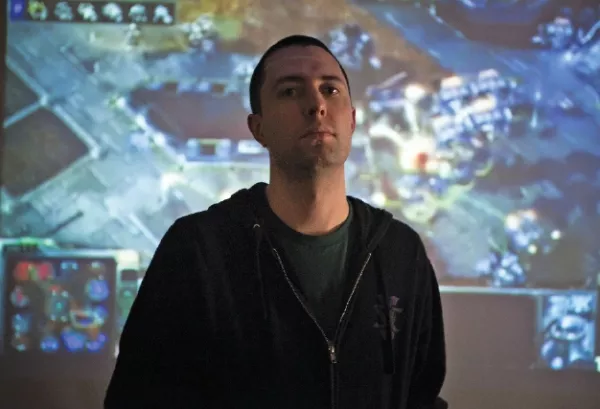Brandon Gibson of the U's Competitive-Gaming Team
Not your stereotypical nerd gamers
By Scott MorrisVideo games are long past the nerds-in-the-basement stereotypes, and as gamers become more mainstream, competitive gaming—also called E-sports—has been gaining attention. E-sport players compete for thousands of dollars, sometimes in front of millions of viewers; the U.S. government has even started issuing athlete visas to foreign professionals. The top-ranked University of Utah’s competitive-gaming team is currently undefeated in the North American Collegiate Star League and received an automatic entry into the second round of the CSL playoffs starting March 30. Brandon Gibson is president of the U’s team and talked to City Weekly during a recent tournament about the competitive-gaming world. Visit CStarLeague.com for more information.
How did you get into competitive gaming?
I got into the professional scene for Shadowrun on the Xbox 360, but when that game died out I started looking around and found some professional Starcraft 2 matches on Youtube. I was really surprised at the huge scene behind it. Did you know that in South Korea, they have cable TV channels dedicated to Starcraft? So I started watching that and then started playing, and one thing led to another and here we are.
Were you surprised by the intensity or was it something you expected from the start?
I hadn’t imagined that players would practice as much as they do; that was the biggest surprise. Some professional players practice 12 to 14 hours a day. It’s their livelihood. It’s a brutal go-around because there are maybe 10 or 12 players who make a lot of money, and the rest of them don’t. Some people think it’s just sitting in your basement playing games for a few hours, but it’s your job. You wake up and practice for 14 hours and then you go to bed. It’s pretty crazy.
Is competitive gaming getting bigger here in the States?
Oh, yeah. Starcraft 2 really launched that in the States. The scene was really only big in South Korea, but when Starcraft 2 came out, people started posting things on YouTube, and that’s when it really started gaining traction. Blizzard really went out of their way to make the spectating aspect good because they saw what the scene was in Korea. If you look at Major League Gaming, which has been the primary North American E-sports company, they started off really small in tiny little auditoriums, but now there are events held in stadiums of 20,000 people. It’s been kind of weird to see that transformation in only about two or three years.
What do you think needs to happen for the scene to grow more?
There is a huge infrastructure behind this that needs millions of dollars in sponsorships. The biggest thing that needs to happen is people need to understand that it is a legitimate market with real money-making potential.
Is E-sports the stereotypical scene of pale uber-nerd gamers?
Well ... no. If you look at the people who put on these tournaments, they have to be really well-spoken, they have to be able to carry a show, they need to be able to interact with an audience. They can’t look like some scraggly nerd, or people aren’t going to want to watch, so they do put on an image for it. It’s often presented in a way that anyone who likes regular sports could get excited about.




